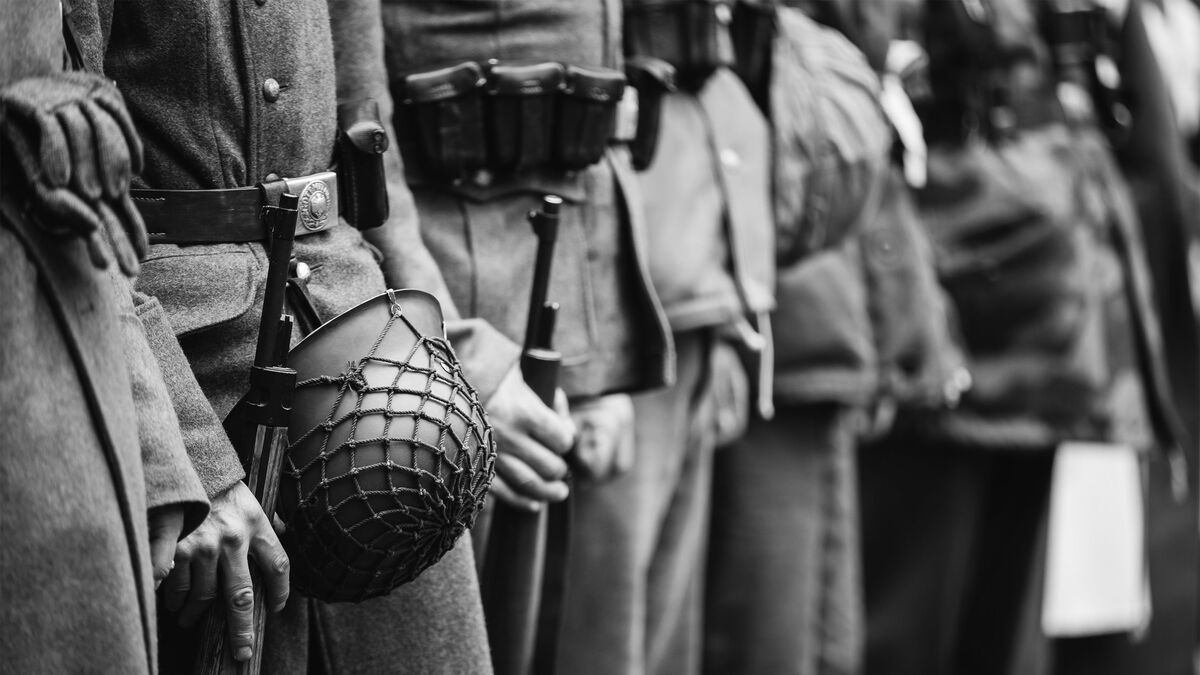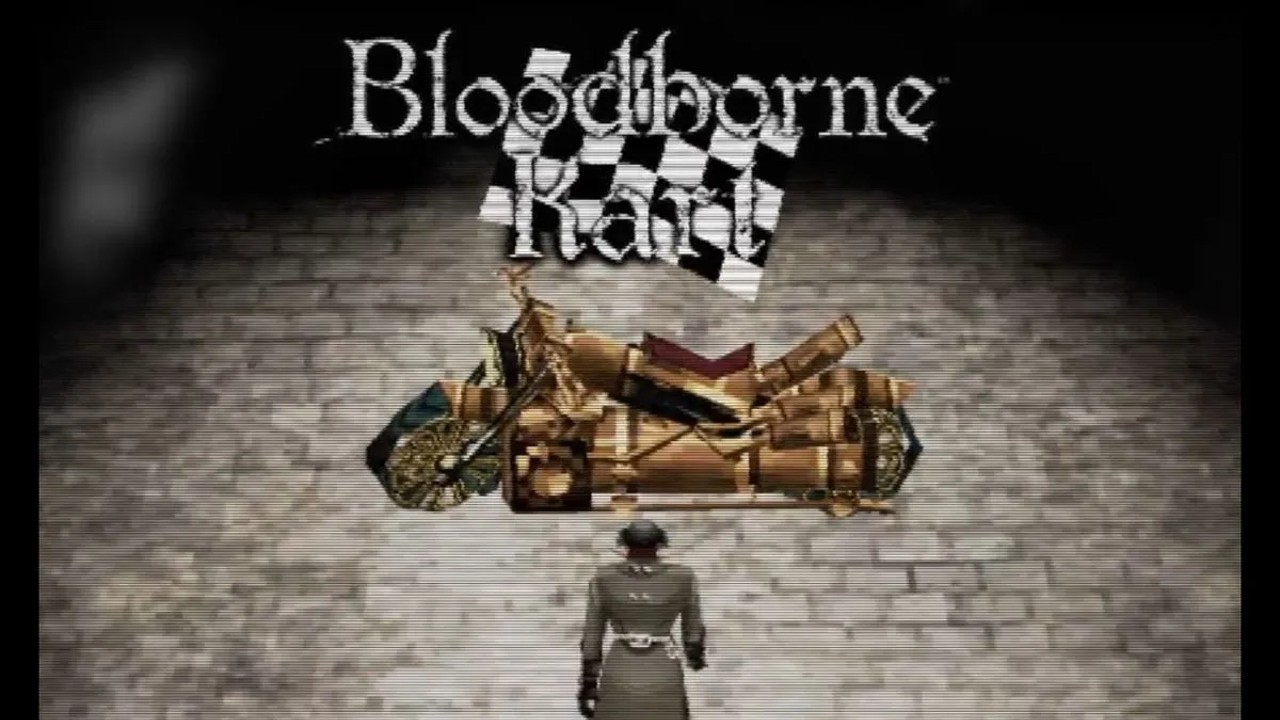PRESIDENT Online
2024/01/27 7:00
In February 2022, Russian forces raided and captured Antonov International Airport near Kiev, Ukraine. However, the airborne troops were unable to receive relief from the ground forces and were destroyed. Modern historian Tsuyoshi Oki says, “There are many examples in military history of airborne operations that were half-cooked and ended in failure.The German army’s Crete operation, which surprised military circles around the world, had a similar outcome.” ”. Oki’s new book “The Structure of Victory and Loss: The Clash of Military Ideas That Decided World War II” (Shodensha), we will introduce the common points between the two armies.
Photo = iStock.com/bruev
※The photograph is an image
Unable to make full use of elite paratroopers
Airborne combat operations have a glamorous impression.
However, due to its essence of attacking enemy lines for a long time,
Airborne operations are inherently fraught with danger. Even if targets are captured by air raids, it is extremely difficult for paratroopers to hold them if the enemy recovers from the turmoil and launches a counterattack.
This is because airborne troops are essentially nothing more than light infantry without heavy equipment. Even if allied ground forces were able to rush to the paratroopers, who were now isolated among the enemy, failure to rescue them would inevitably result in heavy losses.
I don’t remember the case in 2022 when, during the invasion of Ukraine, Russian paratroopers raided and occupied the airport in the capital, Kiev, and were destroyed without receiving any relief from the following airlift troops or the advancing ground forces. It’s probably a new place.
In addition, airborne operations often involve operational and tactical risks. Aside from surprise attacks and assaults at the beginning of a war, airborne troops are often deployed when the enemy army has fled and a pursuit phase has begun.
In such a situation, it would be possible to take advantage of the enemy’s confusion and carry out airborne operations against targets that would normally be difficult to set, and it would also be possible to take advantage of the enemy’s confusion and conduct airborne operations against targets that would normally be difficult to set. It will also be easier to connect ground forces to local areas (which can be thought of as a paratrooper version of a “beachhead”).
Commonalities between the Russian and German armies
However, such fast-paced strategies often end up being hasty. Reconnaissance of planned targets and estimation of enemy forces in the area are insufficient, and it is difficult to ensure that the troops to be deployed are fully prepared for operations.
Despite this, commanders of airborne troops or commanders with airborne troops dare to carry out air raids. Paradoxically, in such pursuit battles, if one chooses to be slow, the ground forces will occupy the target in the meantime, leaving the airborne forces with no chance.
War history is full of examples of airborne operations that ended in failure due to such impatience. For airborne operations to be successful, various hurdles must be overcome. Therefore, there are times when, fascinated by the strategic advantage of being able to surprise attack key locations like a bolt from the blue, they invest the best of their human and material resources in building airborne troops, only to end up not being able to fully utilize them.
In fact, the German military’s Crete operation, which was the first time airborne troops were able to capture a target on their own and surprised military circles around the world, was also fraught with such contradictions. Moreover, this was amplified by the historical personality of Kurt Student, who took command of the operation. Here, we will examine the Battle of Crete, focusing on such strategic and operational issues.
#Putin #repeating #Hitlers #mistakes…The #historical #fact #wasteful #elite #troops #common #dictators #fundamental #reason #welltrained #paratroopers #destroyed #easily
2024-01-26 22:00:00


